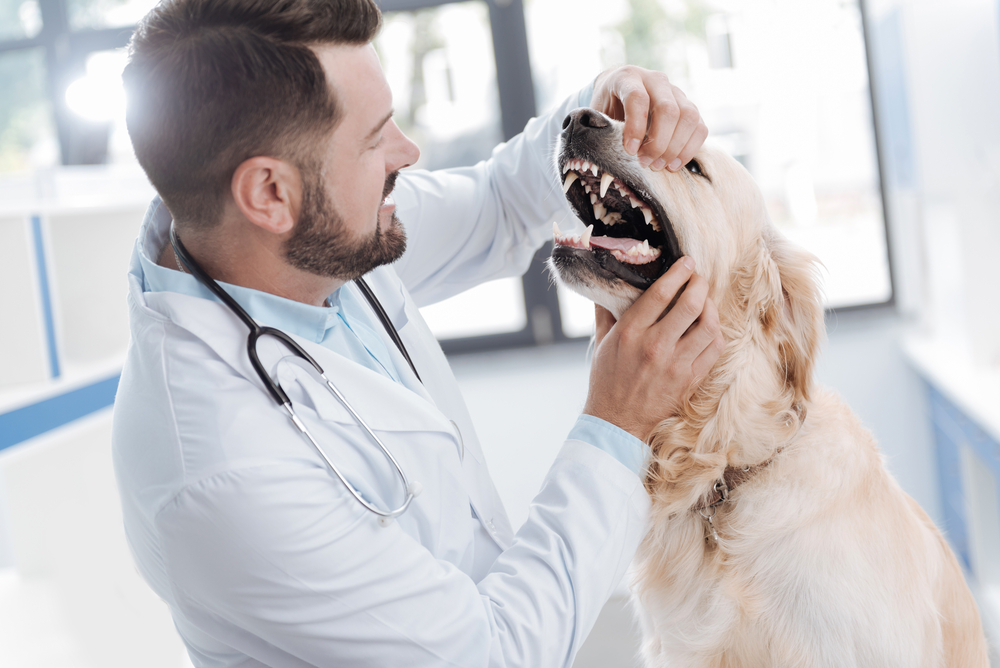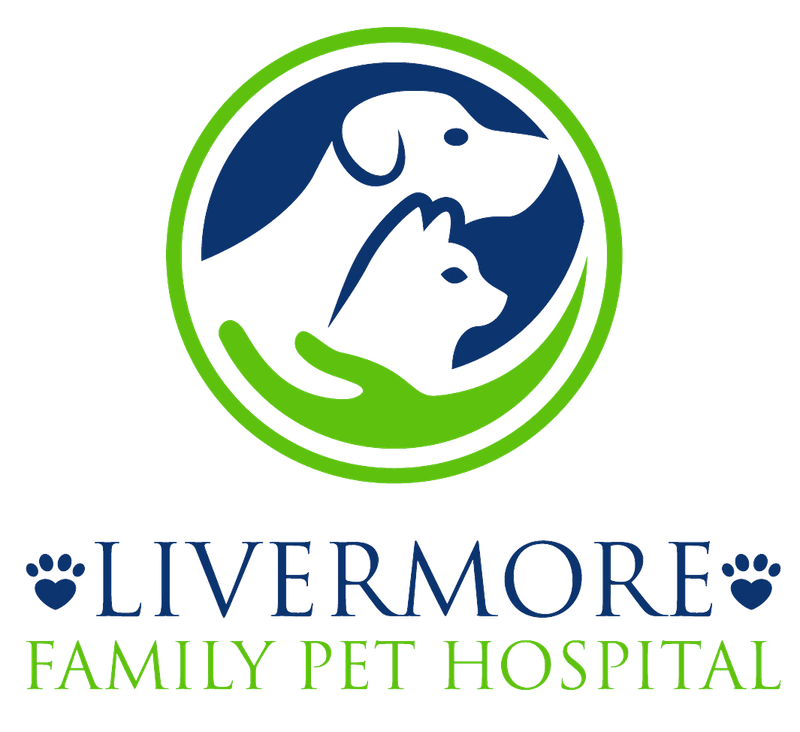
Dental disease (i.e., periodontal disease) is a silent health threat, affecting dogs and cats at an alarming rate. This progressive condition begins in early life. According to the American Veterinary Medical Association, 80% of dogs and 70% of cats have some degree of dental disease by the tender age of 3, with small and brachycephalic (i.e., flat-faced) pets having the highest risk.
Unfortunately, because harmful plaque bacteria develop below the gumline, most owners do not notice their pet’s predicament until the disease is well-established, and their four-legged friend is in obvious pain. Untreated dental disease can negatively impact your pet’s quality of life. According to the American Veterinary Dental College nearly one-third of canine patients have fractured (i.e., broken) teeth, while almost 68% of cats have resorptive oral lesions—both of which cause severe pain and can lead to high bloodstream bacteria. Fortunately, prevention is possible. To learn how to support your pet’s dental health, read our Livermore Family Pet Hospital team’s five simple steps to caring for your furry pal’s teeth.
#1: Regular oral health exams and cleanings for pets
To diagnose early periodontal disease signs, and recommend interventional or corrective treatment, such as a dental cleaning under anesthesia, your Livermore Family Pet Hospital veterinarian should routinely (i.e. one or twice per year) assess your pet’s oral health. Your pet’s dental cleaning is similar to yours, and includes digital X-rays to evaluate each tooth from crown to root, and—to remove plaque bacteria and accumulated tartar—thorough scaling and polishing of every surface. To address your pet’s oral pain and infection, your veterinarian may perform additional treatments, including dental extraction (i.e., tooth removal) or repairs.
If your pet is older than 2 years of age, schedule a dental assessment with your Livermore Family Pet Hospital veterinarian before beginning an at-home dental care routine. To ensure your pet’s at-home dental care is effective, your veterinarian will treat their pre-existing dental disease and address pain and infection.
#2: Brush your pet’s teeth
Traditional toothbrushing remains the gold standard for dental disease prevention. Toothbrushing removes food debris by creating mechanical friction on a tooth’s surface, breaking bacterial bonds before they can solidify into plaque and mineralized tartar (i.e., calculus).
Routinely brushing your pet’s teeth (i.e., at least three times per week) is a scientifically proven way to improve gum health and prevent dental disease. Brushing your pet’s teeth is easier than you think. Gradually introduce your pet to toothbrushing by taking the following steps:
- Gently touch your pet’s muzzle and lift their lips on each side of their mouth.
- Put some pet-safe toothpaste on your finger, and let your pet lick it off.
- Gently apply the toothpaste to their gums and tongue before putting it on their teeth.
- Brush one tooth at a time, focusing on the upper arcade and the outer surfaces, where tartar is most likely to accumulate.
- Slowly increase the amount of time you spend brushing your pet’s teeth.
Always use toothpaste designed for pets—human toothpaste contains harmful foaming agents and xylitol, which is toxic to dogs. Our Livermore Family Pet Hospital team recommends C.E.T. Enzymatic Toothpaste.
#3: Feed your pet a veterinary dental diet
Veterinary oral health diets, such as Hill’s t/d, are intended to complement toothbrushing, but can serve as a suitable replacement if your pet is exceptionally resistant to toothbrushing. Veterinary oral health diets feature an enlarged kibble size and shape to encourage chewing, and have a fibrous interior that scrubs teeth surfaces. Hill’s t/d is available for dogs and cats through our Livermore Family Pet Hospital online pharmacy. If you feed a veterinary dental diet, observe your pet as they eat to ensure they thoroughly chew each piece. If your pet tends to swallow their kibble without chewing, feed them using a slow-feeder bowl to encourage more methodical, less frantic eating.
#4: Treat your dog to dental hygiene chews
Dental chews for dogs reduce plaque and tartar buildup, but not all chews are created equal. Many big-box stores’ products are high in sugar and calories, and are ineffective. In addition, many of these products include common allergens such as chicken and soy.
Our Livermore Family Pet Hospital veterinarians recommend OraVet chews for dogs. These chews are approved by the Veterinary Oral Health Council (VOHC), and they meet the VOHC’s standards for slowing plaque and tartar accumulation. These flexible chews encourage your dog to sink their teeth in, loosening food debris and bacteria while the chew releases the active ingredient—delmopinol hydrochloride—which creates an antibacterial barrier throughout the mouth. Unlike other dental chews, OraVet chews protect your dog’s front teeth (i.e., incisors and canines). OraVet chews are available for purchase and AutoShip from our online pharmacy. If your dog suffers from food sensitivities or allergies, consult with your veterinarian before trying OraVet.
#5: Use a pet water additive to reduce bacteria

HealthyMouth is a water additive that protects your pet’s oral health every time they take a drink. When you add HealthyMouth to your pet’s water bowl, the product transforms their drinking water to a plaque-fighting powerhouse. This human-grade, highly palatable water additive is ideal for all pets, but especially for those who do not accept toothbrushing or whose food allergies prevent them from consuming dental chews and diets.
Daily dental care can add years to your pet’s life. Fortunately, many products help make maintaining your pet’s teeth and gums virtually effortless. Contact our Livermore Family Pet Hospital team for more information about the products discussed here, or to schedule your pet’s dental assessment.

